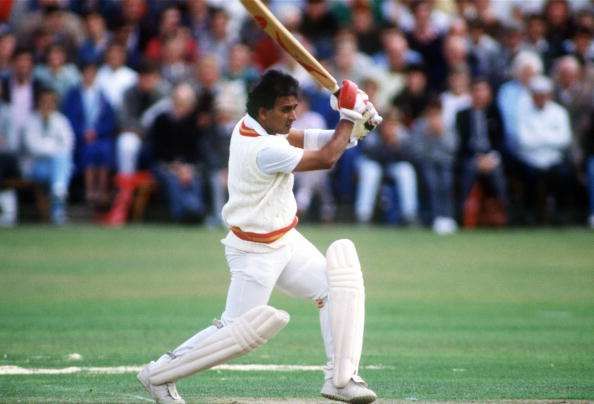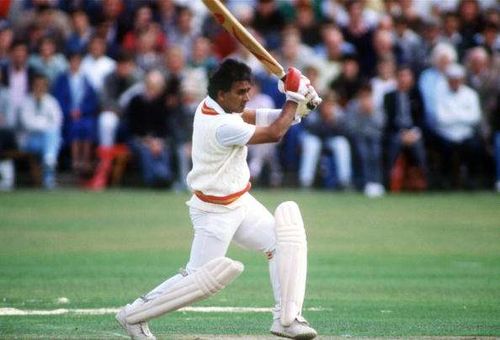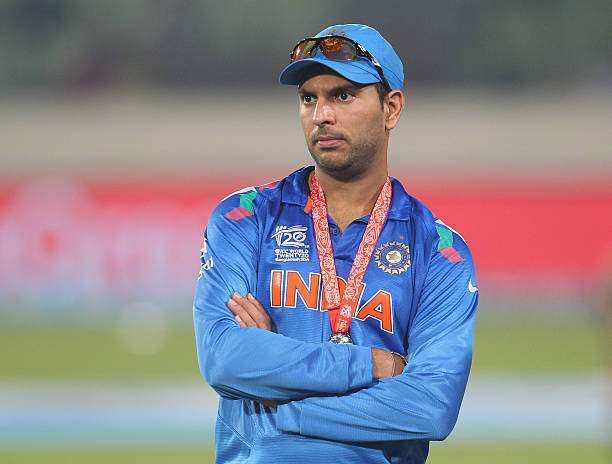
SK Flashback: When Sunil Gavaskar inaugurated the 1975 World Cup with 138 dot balls
Date: April 6, 2014
India, after being put in to bat by Sri Lanka, succumbed to the pressure and scored a meagre 130 in 20 overs in the final of the World Twenty20. Yuvraj Singh played one of his worst T20 innings, scoring 11 off 21 painful deliveries.
Sri Lanka made the total look like it was a walk in the luscious green parks of Colombo. After the loss, the wrath of the Indian fans and critics alike was directed at Yuvraj as his innings had apparently cost India the match.
Let us now rewind 40 years before this event.
Date: June 7, 1975
The first ever game played in World Cup cricket was between England and a country they had once colonised, India. England scored a mammoth total of 334 for 4 at the end of 60 overs. What followed was a knock from one of India’s all-time greatest batsmen that would go on to become the most controversial topic of those times. Sunil Gavaskar played an innings that was beyond the realms of human imagination: he batted throughout the 60 overs and ended up with a score of 36* off 174 balls.
The criticism that he faced then was still mild in comparison to the onslaught on Singh after the World T20 final. However, in Gavaskar’s own words: “Comparisons are really no good in sport, especially if it is a comparison between different eras and generations, for there are so many variables that come into play, starting from the quality of the opposition to playing conditions.”
Let us then pay heed to the Indian great’s words and focus on his innings alone. An innings that single-handedly lost India the match, the support of the spectators and the respect that they wanted to garner from the rest of world’s cricketing nations.
The setting
England, coming out to bat first in front of a crowd of 20,000 spectators, put up a delectable display. Man of the Match Dennis Amiss scored a stylish knock of 137 off 147 balls and took the game away from India’s fidgeting and fumbling hands. Keith Fletcher, playing the role of second fiddle to perfection, scored 68 off 107 balls. England reached 334 at the end of it all, the highest ODI total at that time.
Gavaskar’s response, or lack thereof
Considering that the Little Master played this knock in an era where ODI cricket was not taken seriously and Test cricket was the name of the game (literally and figuratively), the psyche behind his mind-numbingly slow innings can be put into perspective.
The phrase of that cricketing phase was simple: if you can’t chase it, save it.
Walking out to bat with a mindset that revolved around that ideology, Gavaskar dug himself into a pit that was too deep to get out of. Gavaskar’s strike rate at the end of the innings was a sorry 20.68, which not only sparked ceaseless criticism but also went on to become one of the lowest notched up by an Indian batsman in ODI cricket.
Gundappa Vishwanath, who scored 37 runs in the match, scored one run more than Gavaskar and took 115 deliveries less to do it!
The aftermath
What followed was an explosion of rumours off the grapevine, each of which tried to throw some light on Gavaskar’s innings. Some predicted that he was unhappy with the team selection, some decided to pick on his alleged bad blood with certain Indian players and the remaining chose to go with his resentment at Srinivas Venkataraghavan being appointed as the captain of the team.
Gavaskar finally broke his silence and stated the following:
“It is something that even now I really can't explain. If you looked back at it, you'd actually see in the first few overs some shots which I'd never want to see again - cross-batted slogs. I wasn't overjoyed at the prospect of playing non-cricketing shots and I just got into a mental rut after that.There were occasions I felt like moving away from the stumps so I would be bowled.”
While the Little Master received flak for his innings from all quarters, there was no substantial action that was taken against him.
The conclusion
In The Godfather, Don Corleone says, “I refuse to be a fool dancing on the strings held by all these big shots. I don’t apologize, that’s my life.”
Gavaskar’s stubborn innings and his refusal to speak up after that shows the same sentiment. However, there is one question: where were the big shots?

